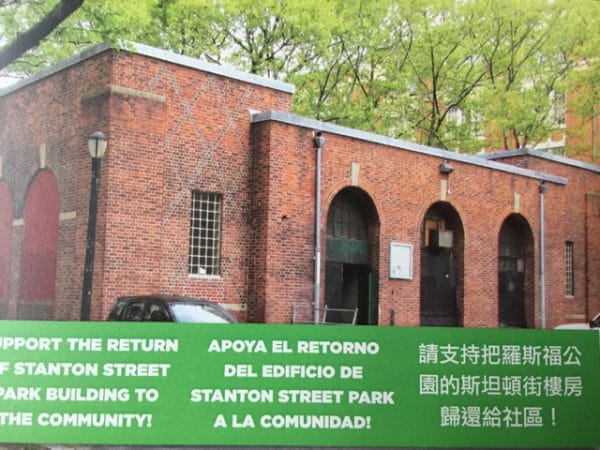Bill Moyers website. This post first appeared at Jacobin Magazine
By Christian Parenti
“The effects of climate change are already upon us. Here’s what the 2020s and 2030s will look like if we fail to change things.”
If properly planned for, one can imagine how such problems could be managed. But if the current denial continues until markets are caught unaware, there could be regional real estate panics and, flowing from those, major financial losses.
…NYC’s Department of Finance recently estimated the total assessed value of the city’s property for fiscal year 2017 at more than $1 trillion. That is real money, enough to help trigger problems in financial markets more broadly.
Collapsed property values means a collapsed tax base, which means local government will be hard pressed to make costly infrastructure repairs. And it is the infrastructure as a whole that property values depend on.
Defensive Preparations
The NYC tristate area offers a glimpse into the possibilities and pathologies of planning for sea-level rise. After 2012, when Hurricane Sandy did $50 billion in economic damage, including destroying or damaging 650,000 homes, it was clear something needed to be done. Eventually Congress allocated about $60 billion in federal aid for recovery and resilience work in the impacted area. But the pace of disbursement has been painfully slow.
The city is now building a barrier around lower Manhattan, called the “Big U.” Designed to be covered with grass and serve as public open space, the wall will run from 42nd on the East Side, along the shore, and up to 57th Street on the West Side. Construction will take years and cost billions….
…At this rate and in this fashion, it is hard to imagine how the city’s entire 520-mile coastline could be secured. Worse yet, half preparations are, in some ways, as bad as no preparation. …New York City’s largely symbolic efforts thus far, “Barriers, dikes and levees make people feel safe, even when they are not.”
…Meanwhile, in a clear subsidy to unsustainable gentrification, the city is also planning to build a $2.5 billion tramline along the Brooklyn and Queens waterfront, where old industrial warehouses are giving way to luxury high-rises.”
And, we would add, spending NYC money to fund Diller Island?

